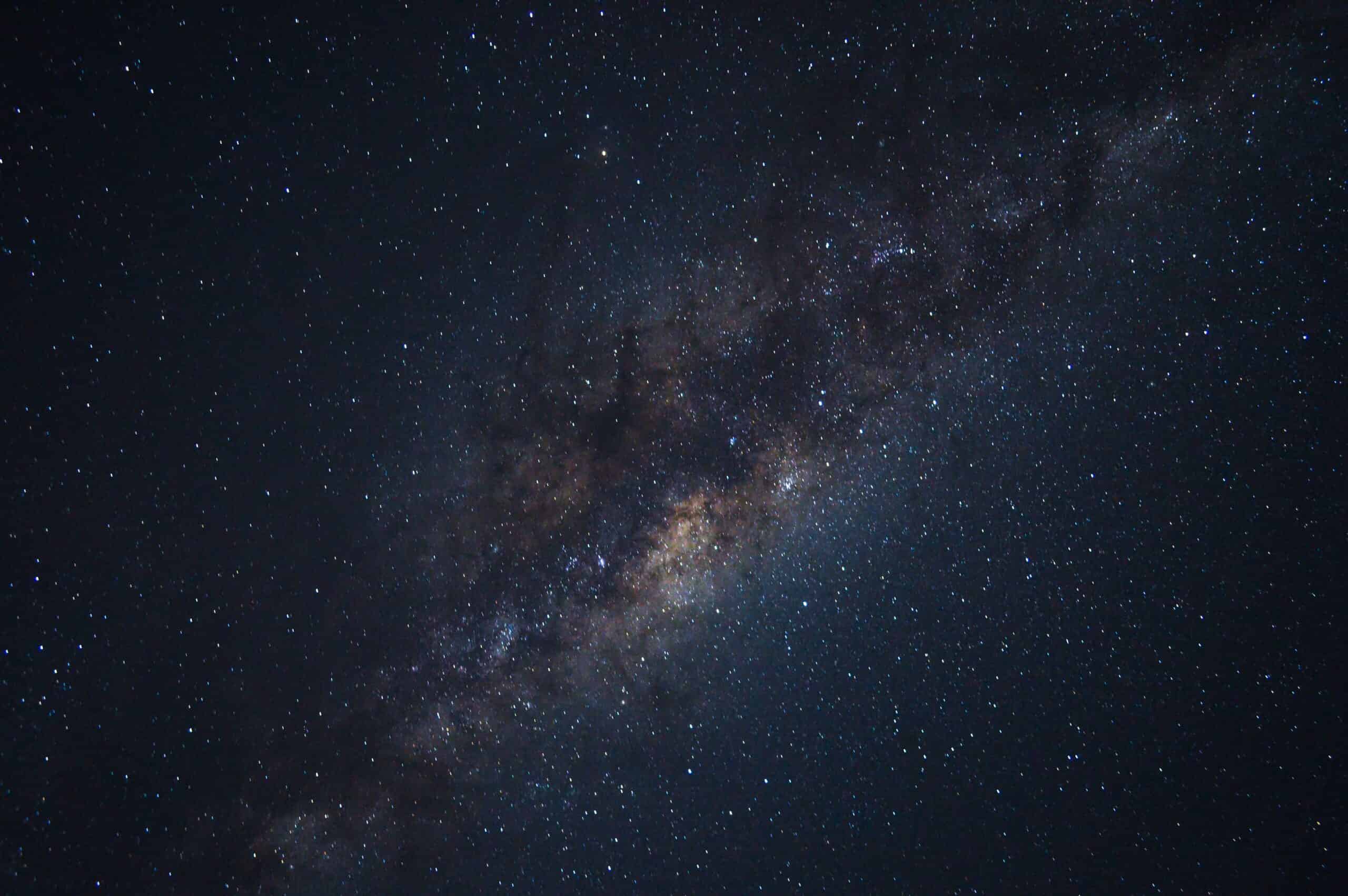Our lights are drowning out the skies. We use external lighting almost indiscriminately, not just in the form of street illumination, but also for advertising and screens. If things continue this way, major constellations will be impossible to spot across much of the world, researchers warn.

Drowning out the stars
“Two things fill the mind with ever new and increasing admiration and awe,” famous German philosopher Immanuel Kant once said: “the starry heavens above me and the moral law within me.” You might make a reasonable case that the moral laws within us are becoming less and less clear — but you could probably make an even better case for the starry heavens.
If you live in a busy city and you look at the night sky, the odds are you won’t see that many stars because of light pollution. Light pollution was first reported as a problem in the 1970s, affecting not only our observation of the sky, but also plants and animals in and around our cities.
“The night sky is part of our environment and it would be a major deprivation if the next generation never got to see it, just as it would be if they never saw a bird’s nest,” said Martin Rees, the astronomer royal, for The Guardian. “You don’t need to be an astronomer to care about this. I am not an ornithologist but if there were no songbirds in my garden, I’d feel impoverished.”
A January 2023 study based on citizen science data from around the world found that light pollution is skyrocketing. The dimmest stars in the night sky are being hidden by a 10% yearly increase in skyglow as a result of artificial light, the researchers concluded then. This problem is even worse because of LED lights, which have kept this problem hidden.
LEDs are more sustainable than the lamps they replace. However, satellites are bad at spotting LED light. So if you’re looking from outside the Earth to study light pollution, you will underestimate the problem.
The rate of increase of pollution is also staggering. In 2016, a study found that the Milky Way was no longer visible to a third of all humans. Then, it was estimated that it would take under three decades for major constellations to become indecipherable. We’re right on track for that.
Bright cities, dark skies

Light pollution is changing differently in different parts of the world. In Europe, light pollution is increasing at 6.5% per year — below the global average. In North America, the figure is 10.5%. For remote areas, the data is very scarce. Overall, however, the stars in the night skies are getting dimmer by over 9% per year.
Light pollution is also affecting the creatures around us. In 2019, one study concluded that light pollution is bringing about an “insect apocalypse” and several studies have cautioned that light pollution has a serious effect on the biorhythm of animals, affecting their health and behavior.
Rees didn’t even mention satellites — yet another problem obfuscating the night sky. Low-orbit satellites are affecting astronomers’ ability to image the night sky, with the likes of Starlink being particularly to blame.
We stand on the brink of losing a vital part of our environment and heritage. Our increasing disregard for the value of the night sky is not only robbing us of our connection to the cosmos but also causing disruption to ecosystems and animal behavior. We need to start considering the effects of our lighting decisions on the larger environment around us.
There’s hope, however. Efforts are underway to combat light pollution. Dark-sky movements, advocating for the use of less obtrusive lighting and the creation of dark sky preserves, are gaining traction. Major cities are being encouraged to retrofit street lights with more efficient, less polluting fixtures. The International Dark-Sky Association is continuously working towards reducing light pollution through education, advocacy, and public outreach. However, such efforts need more momentum and public awareness. In the UK, Rees is pushing for a cross-party movement to keep the skies dark. But ultimately, this type of change requires international communication.
Ultimately, it’s about balance. We must find a way to meet our needs for lighting without sacrificing our ability to look upwards and witness the vast expanse of the cosmos. As we move forward in an age of rapid technological advancement, let’s not forget the starry heavens above us — a timeless source of curiosity, inspiration, and human connection.
The great philosopher Immanuel Kant was right. Our wonder at the night sky and our moral law within us are some of the most amazing things in the universe. Perhaps by preserving one, we can help bolster the other. It’s time to save our starry nights, and in doing so, reconnect with a fundamental part of our human essence.






